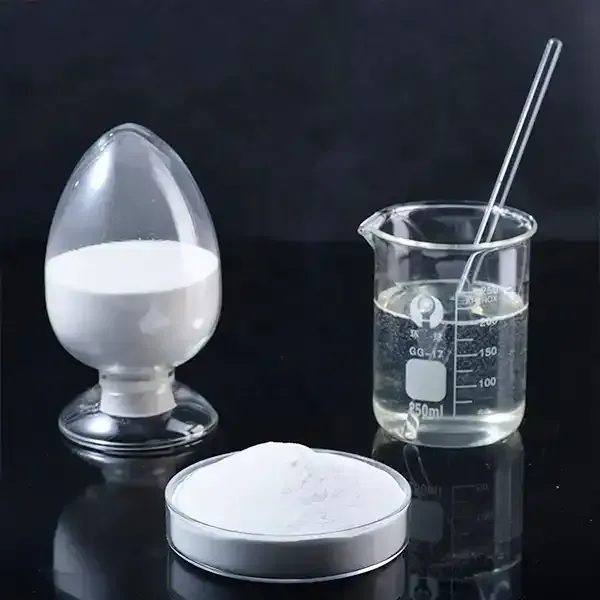Hydroxyethyl Cellulose An Overview
Hydroxyethyl cellulose (HEC) is a non-ionic cellulose ether that has garnered significant attention in various industries due to its unique properties and versatility. Derived from cellulose, a natural polymer found in the cell walls of plants, HEC is produced by the etherification of cellulose with ethylene oxide. As a result of this modification, HEC exhibits enhanced solubility in water and improved functionality, making it a valuable ingredient in many applications.
One of the most notable features of hydroxyethyl cellulose is its thickening and stabilizing properties. When dissolved in water, HEC forms a clear, viscous solution, which is why it is widely used as a thickener in various formulations, including paints, coatings, and cosmetics. In the paint industry, it helps to improve the flow and application of products while enhancing their stability and shelf-life. In personal care products, HEC contributes to the texture and spreadability, making it a popular choice in lotions, creams, and gels.
In addition to its use as a thickener, hydroxyethyl cellulose serves as a film-forming agent in various products
. This capability allows for the creation of smooth and even surfaces, which is particularly beneficial in the production of coatings and adhesives. HEC's ability to form films makes it an excellent choice for applications in the food and pharmaceutical industries, where controlled release of active ingredients is desired.hydroxyethyl cellulose

HEC is also recognized for its biocompatibility and non-toxicity, which makes it an attractive option for medical and pharmaceutical applications. It is often used in drug formulations, especially in sustained-release dosage forms and topical ointments. Its hydrophilic nature allows it to retain moisture, making it useful in formulations designed for wound care and skin protection.
Moreover, hydroxyethyl cellulose is utilized in the construction industry, where it acts as a water retention agent in mortars and plasters. The addition of HEC helps to keep the mixture workable for longer periods, allowing for better application and adhesion. It also contributes to the performance of tile adhesives and cement-based products, enhancing their durability and effectiveness.
In recent years, there has been a growing interest in the potential of hydroxyethyl cellulose in sustainable applications. As a biodegradable and renewable material derived from natural sources, HEC aligns well with the increasing demand for environmentally friendly products. Researchers are exploring its use in biodegradable films, packaging materials, and even agricultural applications as a soil conditioner.
In summary, hydroxyethyl cellulose stands out as a multifunctional ingredient with a wide range of applications across various industries. Its thickening, stabilizing, and film-forming properties, coupled with its biocompatibility and environmental sustainability, make it an essential component in many formulations. As industries continue to innovate and seek eco-friendly alternatives, the importance of HEC is expected to grow, paving the way for new and exciting applications.






